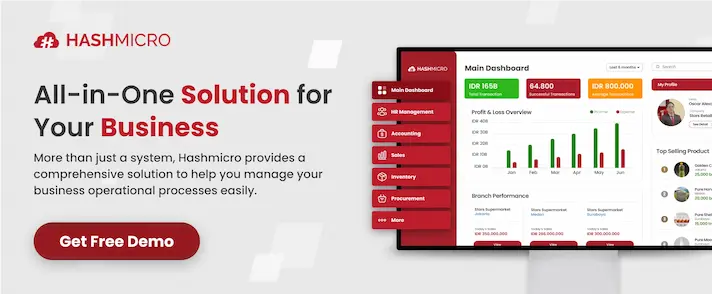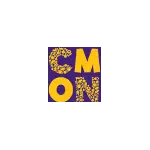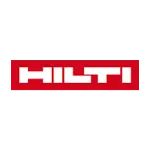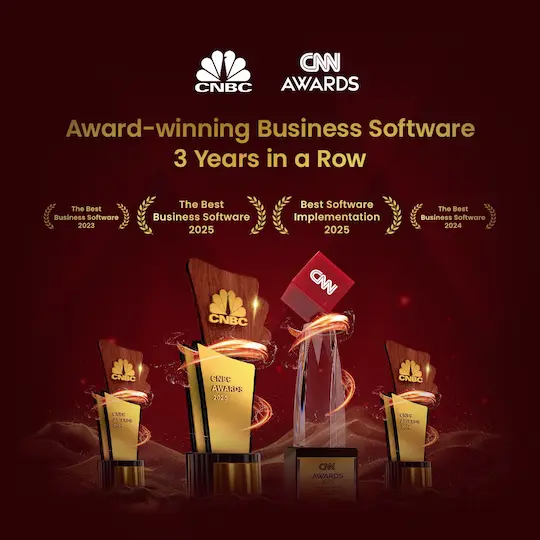Information Lifecycle Management (ILM) is crucial for companies that struggle to manage growing volumes of data efficiently. Without clear policies and automation, manual data handling can lead to compliance issues, rising storage costs, and poor accessibility.
ILM offers a structured, policy-based approach to managing data from creation to disposal. By automating classification, retention, and deletion, businesses can ensure regulatory compliance, reduce overhead, and improve access to critical information.
Ready to take control of your data? Discover how ILM can streamline data governance and support more intelligent, secure business operations.
Key Takeaways
|
What is Information Lifecycle Management (ILM)?
Information Lifecycle Management (ILM) is a strategic framework for overseeing an organization’s data from its initial creation to its final disposal. ILM involves implementing a combination of policies, procedures, and technologies to ensure data is stored securely and complies with regulatory standards.
What sets ILM apart from conventional data management methods is its focus on the evolving importance of data. It applies specific management actions based on the data’s relevance to business operations and any associated legal or regulatory responsibilities.
How Information Lifecycle Management Works?

Information Lifecycle Management (ILM) employs a policy-driven framework to manage data throughout its entire lifecycle, ensuring a unified and strategic approach to information handling. It supports automation and storage tiering.
Typically, frequently accessed or newer data is kept on high-performance storage, while older or less critical data is moved to more cost-effective storage. This methodology enables IT teams to implement tailored policies for various categories of data.
ILM can also include path management functions to help track and locate data efficiently as it transitions through storage layers. For ILM to deliver its full benefits, it requires a collaborative and consistent practice.
Information Lifecycle Management vs. Data Lifecycle Management
Information Lifecycle Management (ILM) is often mistaken for Data Lifecycle Management (DLM), as the terms are sometimes used interchangeably. However, ILM can be seen as a more advanced and detailed version of DLM.
DLM focuses on general attributes of data, such as file type, size, and age. ILM dives deeper into the content within those files. For instance, where DLM might locate a PDF file based on its age, ILM can identify a specific customer number across various document formats and trace all associated records.
This deeper level of control makes ILM increasingly important in the era of strict data privacy regulations, such as the GDPR and the California Consumer Privacy Act, which demand capabilities like data access, deletion, and traceability that ILM supports, but DLM may not.
ILM begins with data creation and collection, as organizations produce massive volumes of information from multiple sources. It is followed by data classification, which organizes data based on its sensitivity and importance to determine the appropriate storage and access protocols.
As the volume of data continues to grow, archiving becomes essential for moving inactive data out of high-performance systems, thereby improving speed and efficiency. The final stage, data destruction and disposition, ensures that obsolete data is securely deleted or retained by compliance standards.
Altogether, ILM provides a structured, policy-driven approach to managing data at every stage of its lifecycle far beyond what traditional DLM systems can offer.
What are the Phases of Information Lifecycle Management?
Because ILM encompasses every stage of the data journey, its implementation requires a combination of the right technology, strategic planning, and well-defined processes.
ILM is built upon the core phases of data lifecycle management: creation, storage, usage, sharing, archiving, and eventual destruction.
1. Data creation and collection
Data is the lifeblood of digital organizations, especially in today’s online-first economy. As soon as businesses begin operations, they start generating data from various sources at scale.
This initial step in ILM must be carefully designed to ensure accurate and efficient data collection across departments.
2. Data classification
Organizing data based on sensitivity, purpose, or business value is a key step before storage. Effective classification helps streamline retrieval processes and optimize storage expenses by determining where and how different data types should be stored.
3. Data processing and utilization
Once collected and classified, the data is processed to extract valuable insights. It enables users to view, edit, save, and share documents as needed, while maintaining data security and access controls to prevent misuse or unauthorized exposure.
4. Data archiving
As operational data grows, not all of it remains active. Archiving older, less-accessed information relieves pressure on live systems, improves performance, and keeps frequently used data easily accessible for day-to-day tasks.
5. Data destruction and disposition
Eventually, some data becomes obsolete or surpasses its retention period. ILM ensures that outdated or unnecessary data is either securely disposed of or stored in compliance with requirements. Neglecting this step can result in regulatory violations or increased storage costs.
Characteristics of Information Lifecycle Management
Information Lifecycle Management (ILM) is defined by the various stages that data undergoes within an organization. It is a data-focused methodology that relies on a structured, policy-driven framework to manage information consistently and effectively.
Below are key characteristics that define ILM:
1. Centralized control
To ensure ILM functions effectively, organizations must implement a centralized data management strategy. This approach streamlines oversight, eliminates data silos, and improves storage efficiency by minimizing redundancy.
2. Supports diverse data types
ILM is designed to handle both structured and unstructured information across various formats. Therefore, it must be flexible enough to operate seamlessly with different systems, platforms, and storage technologies.
3. Resource optimization
Since not all data holds the same value, ILM enables data to be categorized based on importance and assigns storage resources accordingly. It ensures that high-value data is prioritized, while less critical data uses more cost-efficient resources.
4. Policy-driven structure
ILM operates based on clearly defined rules and governance. These policies are developed in alignment with business objectives and guide the usage of tools, workflows, and personnel involved in data handling.
5. Business-oriented integration
Data is a strategic asset, and ILM must be embedded within the broader business processes. When done right, it enhances productivity, supports compliance, and aligns with key organizational goals.
Optimize Your Information Lifecycle Management with HashMicro’s Document Management System
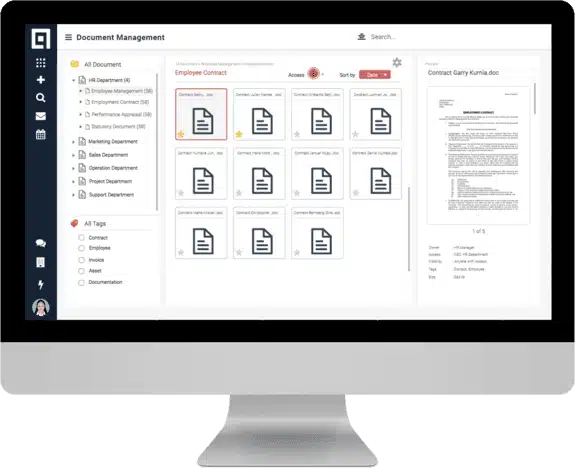
HashMicro’s Document Management System provides a robust platform for optimizing information lifecycle management (ILM). Designed to manage documents from creation to disposal, the system ensures every stage of data handling is efficient, secure, and aligned with compliance standards.
The system supports various document types across departments, making it adaptable to meet the administrative, financial, and legal needs. With features like access control, companies can manage growing data volumes without sacrificing organization or visibility.
A key strength of HashMicro’s solution is its policy-based approach to lifecycle stages, encompassing data creation and usage, as well as archiving and secure destruction. By automating ILM workflows and minimizing manual intervention.
Key Features of HashMicro’s Document Management System:
- Organized Folder Structure: Efficiently categorize and store documents using nested folders to maintain consistency and streamline retrieval across departments.
- Centralized Document Control: Store and manage essential files in one secure platform, ensuring authorized teams can locate and utilize the information they need without delays.
- Collaborative Review and Locking: Enable smooth collaboration with built-in review workflows and document locking features, preventing overlapping edits and data loss.
- Role-Based Access Control: Assign access rights based on job roles or clearance levels, safeguarding sensitive information while ensuring the right personnel can act promptly.
- Document Version Tracking: Maintain clear visibility over all document updates, with automated version tracking and the ability to revert to previous revisions when needed.
- Expiry and Retention Alerts: Receive automated reminders ahead of key document expiry or retention deadlines, supporting compliance and timely document renewal or disposal.
Conclusion
Choosing the right document management system in Singapore is crucial for organizations seeking to enhance data governance through effective information lifecycle management (ILM). An intelligent document solution enables businesses to organize, secure, and retain critical files efficiently.
HashMicro’s Document Management System delivers an integrated platform that simplifies ILM by automating document classification and access control. With centralized data access and real-time tracking, companies can manage the complete document lifecycle with greater accuracy and insight.
To encourage digital transformation, eligible organizations can apply for up to 70% funding through the NTUC CTC Grant when implementing smart solutions, such as HashMicro.
Book a free demo today to explore how HashMicro’s Document Management System can enhance your information management strategy and streamline compliance efforts.
Pertanyaan Seputar
-
What are the five stages of the information life cycle?
The stages through which information passes are typically characterized as creation or collection, processing, dissemination, use, storage, and disposition, to include destruction and deletion.
-
What is the ILM strategy?
Information Lifecycle Management (ILM) for financial institutions, such as banks and credit unions, is a strategic approach to managing data that encompasses the entire lifecycle of information, from its creation to its eventual disposition.
-
What is the difference between data lifecycle and information lifecycle?
While data lifecycle management focuses specifically on managing data, information lifecycle management is a more comprehensive approach to managing all types of information within an organization.


